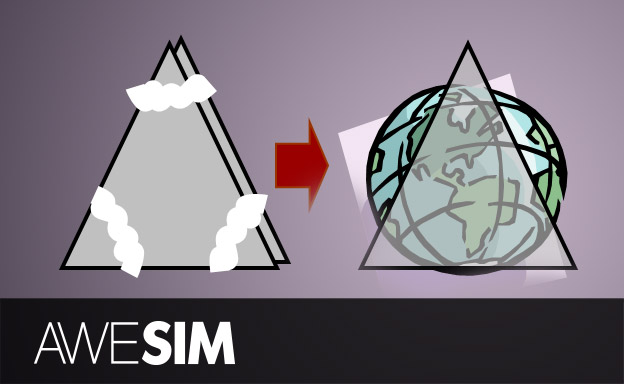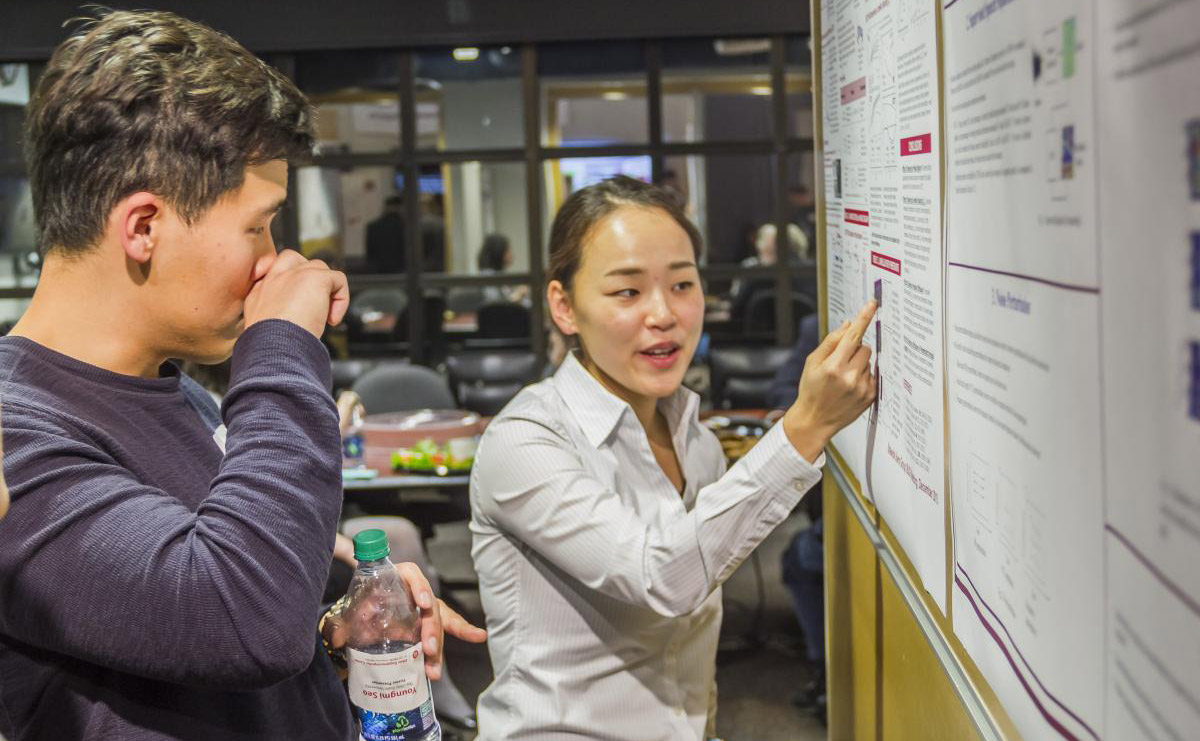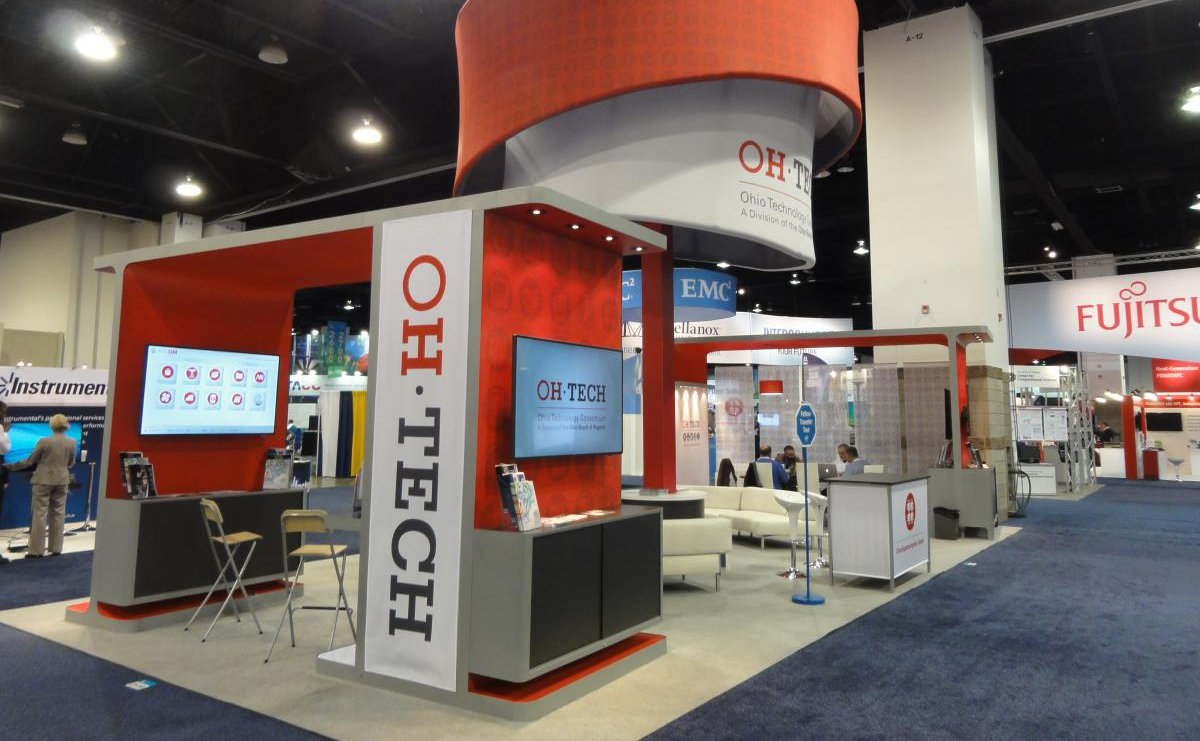When the Dell/Intel-Xeon Owens Cluster is completely up and running later this year, the Ohio Supercomputer Center will have deployed the most powerful supercomputer system in the 29-year history of the OSC.
However, before this new system can take off, there’s the significant undertaking of installing this sparkling new system. And to put it mildly, it’s not as simple as opening a laptop box and plugging it in.
What all does it take to set up the Owens Cluster? Get a great overview of this project in our newest blog.






